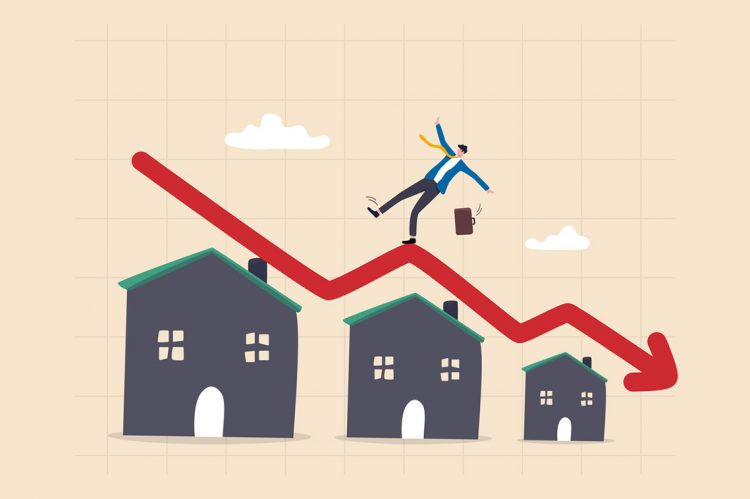The 30-year fixed-rate mortgage (FRM) averaged 6.33% this week, down from 6.48% last week, according to the latest results of Freddie Mac’s Primary Mortgage Market Survey (PMMS).
This week’s data:
- 30-year fixed-rate mortgage averaged 6.33% as of January 12, 2023, down from last week when it averaged 6.48%. A year ago at this time, the 30-year FRM averaged 3.45%.
- 15-year fixed-rate mortgage averaged 5.52%, down from last week when it averaged 5.73%. A year ago at this time, the 15-year FRM averaged 2.62%.
What the experts are saying:
“While mortgage rates have resumed their decline, the market remains hypersensitive to rate movements, with purchase demand experiencing large swings relative to small changes in rates,” said Sam Khater, Freddie Mac’s chief economist. “Over the last few weeks latent demand has been on display with buyers jumping in and out of the market as rates move.”
Realtor.com Manager of Economic Research, George Ratiu, commented:
“The Freddie Mac fixed rate for a 30-year loan declined from last week, to 6.33%, as investors cheered the latest Consumer Price Index data showing a noticeable moderation. The rate for a 30-year loan has been moving up and down in the 6% – 7% range since September 2022 when it crossed the 6% threshold for the first time in 14 years. Mortgage rates have mirrored the volatility in the 10-year Treasury, as investors wrangle mixed expectations amid an inflow of new economic numbers.
“Businesses and investors are closely monitoring the Federal Reserve’s monetary tightening, keeping an eye out for signs that the bank may ease the pace of rate hikes. This week’s CPI numbers highlighted that the central bank’s actions are moving the needle on price gains in the desired direction. The headline measure rose by 6.5% from last year, a noticeable slowdown from last month’s 7.1%. While markets are welcoming the news, it’s worth noting that prices continue to advance, with the typical household still seeing their food, utility, and service bills rise.
“Expectations of an economic slowdown are weighing on small businesses, with the NFIB index sliding to the lowest mark since June, on worries of lower sales. At the same time, consumers continue to purchase goods and services, even if they need to resort to borrowing money. The latest data on consumer credit show a 7.1% yearly increase, on the strength of credit card borrowing. Rising prices and lower savings are pushing many consumers to borrow more for everyday needs.
“Counterbalancing these trends, the labor market remains resilient, with a shortage of workers still a principal concern for many companies. Many employees are finding they retain leverage, especially when changing jobs, and earning noticeable pay increases.
With capital market volatility expected to continue, mortgage rates will maintain a seesaw trajectory over the short term, likely staying within the 6% – 7% range we have seen over the past five months. For buyers who find a home to purchase, shopping for a mortgage with multiple lenders to secure the lowest rate and fees could result not only in a lower monthly payment, but also in tens of thousands of dollars saved over the life of the loan. This is especially important considering that at today’s rate, the monthly payment for a median-priced home is $1,990, not including taxes and insurance, a 51% increase from last January.”












